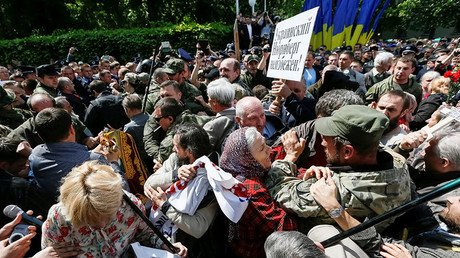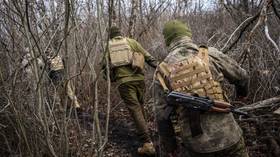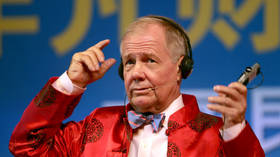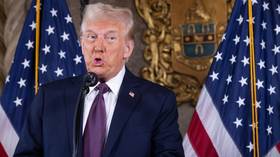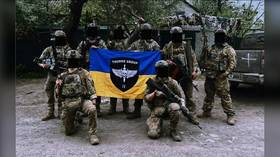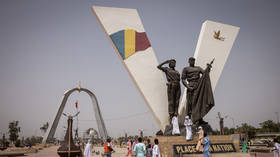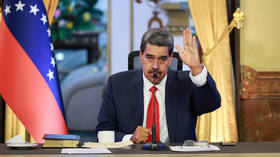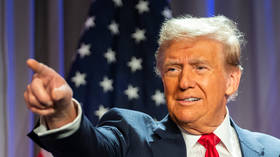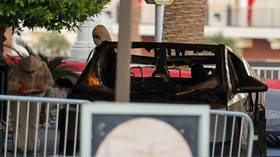Kiev accuses 94yo war veteran of killing Nazi-linked Ukrainian nationalist in 1952
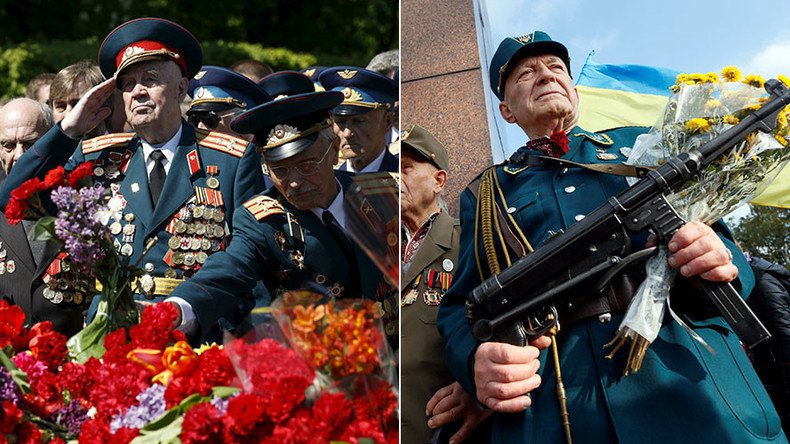
A Jewish-Ukrainian nonagenarian, known as a decorated Soviet WWII veteran and a KGB agent, has been accused of “willfully killing” a group of Ukrainian nationalists, including a prominent anti-Soviet artist known to have worked for the Nazis during the war.
The Prosecutor General’s Office in Ukraine has launched a criminal case against Boris Steklyar, which is seen as part of the so-called “decommunization” process targeting Soviet-era symbols and figures that Kiev officially launched in 2015.
Ukraine prosecutor opens criminal case on Jewish war hero Steklyar for 1952 killing of nationalist Nazi collaborator https://t.co/dJmMTrEr01pic.twitter.com/nsyQh8o4rI
— Alec Luhn (@ASLuhn) May 1, 2017
The case of Kiev’s legal battle with the pensioner has been going on for months, but has now generated media attention on the eve of the upcoming international celebrations of victory against the Nazis in World War II.
The 94-year-old Steklyar, who fought in a number of major WWII battles, including the 1942-43 Battle of Stalingrad, and then made it to the east of Germany where he celebrated the victory against Nazism, became a counter-intelligence officer in May 1945. His service in the years after the war attracted attention of a Ukrainian organization called a "National Center for Human Rights Defense," Lenta.ru reports.
Steklyar took part in a KGB operation uncovering a group that was part of the Ukrainian Insurgent Army (UPA) and Organization of Ukrainian Nationalists (OUN), both now banned in Russia for extremism.
A publicly available account of Steklyar, published in a book as part of a collection of memoirs of former KGB officers under a pseudonym, describes details of the 1952 operation that resulted in the death of a group of armed nationalists who resisted arrest at their hideout.
Among the nationalists who died was Nil Khasevich, an artist and political activist revered by the UPA who was in charge of creating propaganda posters and other nationalist paraphernalia for the movement. Steklyar’s account claims that Khasevich killed his two accomplices, who possibly wanted to surrender, before shooting himself dead.
У цей день 1905р. у селі Дюксин на Волині, народився видатний український графік та лицар УПА Ніл "Зот" Хасевич pic.twitter.com/rssuDzDrHb
— Та сама гілляка (@gillyaka_) November 24, 2016
Evidence suggested that Khasevich was also appointed by the Nazis as a judge in a Ukrainian village during the Nazi German occupation, and he made sketches of people being executed and punished by Hitler’s troops. According to Steklyar, he was also an agent working for the intelligence gathering body of Nazi Germany, the SD, RIA Novosti reported, citing one of the veterans’ interviews.
However, the Ukrainian Institute for National Memory, which has taken up the case, have their own view on the story, claiming that Steklyar murdered a fighter for Ukraine’s independence – a crime that has no statute of limitation in modern-day Ukraine.
READ MORE: Now Ukraine's delusional politicians say Soviet Union started WW2
The OUN and the UPA, which have been rehabilitated and glorified in modern-day Ukraine as freedom-fighting organizations, remain a highly controversial topic in Russia, Ukraine and Poland due to their collaboration with the Nazis, the extent of which is disputed, and well-documented war crimes that included the mass killing of Poles. At the time, the nationalist organizations largely enjoyed support in Western Ukraine, where the historic animosity between ethnic Ukrainians and ethnic Poles on the border territories spilled out in years of violence during and after the war.
Up to 100,000 people, including women, children and the elderly, were killed in the historic regions of Volhynia and Eastern Galicia in 1943 after OUN-UPA launched a campaign to annihilate the Polish population there.
Ukrainian nationalists honor Nazi collaborator & other ‘fallen heroes’ with torch-lit march (VIDEO) https://t.co/wXCFMP0lpupic.twitter.com/8PXq9Fesex
— RT (@RT_com) March 6, 2017
In 2016, the lower house of Polish parliament, the Sejm, passed a resolution labeling crimes committed by Ukrainian nationalists against the Poles during World War II as “genocide.”
READ MORE: Poland recognizes WWII mass killings by Ukrainian nationalists as genocide
